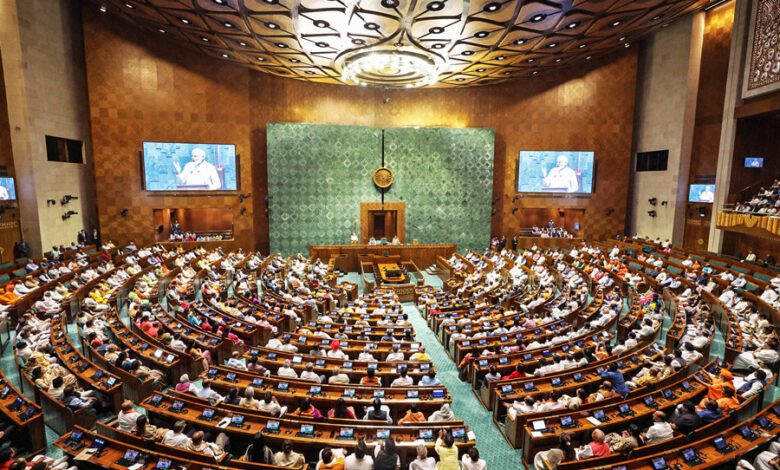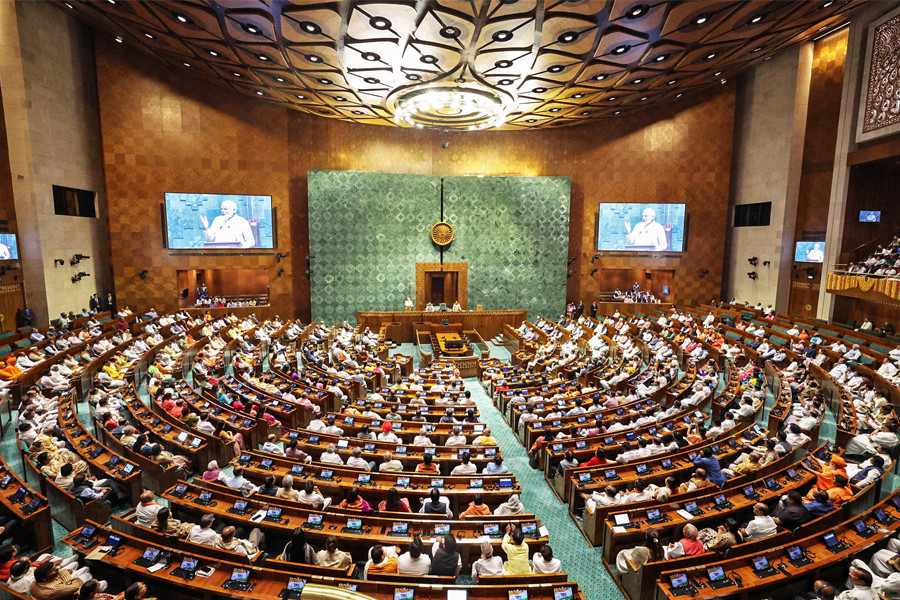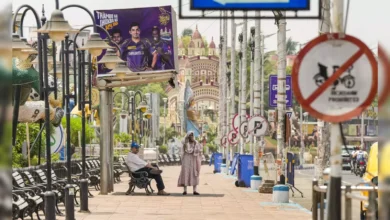India post-2026 delimitation: A glimpse into the future
Northern states are projected to enjoy a significant increase in representation. While, their Southern counterparts might only witness marginal changes in their representation quota.

The forthcoming delimitation exercise in India, set to occur in 2026, promises to alter the country’s political scene significantly. As a result of the expected growth in the population of India to 1.42 billion by 2026, the present 543 Lok Sabha seats are projected to increase to 753 seats. Northern states are projected to have a significant boost in representation based on their population trends. In contrast, states in the south may see marginal changes.
Definition and Process of Delimitation
Delimitation, as described by the Election Commission, is the procedure of determining constituency borders for elected bodies using the most recent census data. The Indian Constitution under Article 82 specifies that after each census is conducted, an adjustment of Lok Sabha seats per state is necessary to reflect population changes. With an ideal scenario being that every constituency countrywide has an identical population.
Historically, delimitation in India has occurred four times – in 1952, 1963, 1973 and 2002, reshaping the political scene differently each time.

The Delimitation Commission
The task of delimitation lies with an independent Delimitation Commission, established every decade. Its formation is overseen by the president of India, and comprises a retired Supreme Court or High Court judge, the Chief Election Commissioner, and the State Election Commissioner.
This panel consults state election commissions to evaluate population dynamics, reworked constituencies, or form new ones. They publish their initial report for public input, and after considering the collected feedback, publish their final report. As per the Delimitation Commission Act 1952 and Article 329A of the Constitution, these findings carry the same weight as law and are not subject to question in court.
Impact on Reserved Seats
The process of delimitation also has an impact on the allocation of seats for Scheduled Castes (SCs) and Scheduled Tribes (STs). Seats are assigned based on the population proportion of these communities in each state. The most recent such revision took place in 2008.
The 2026 Delimitation Possibilities
The forthcoming delimitation scheduled for 2026 has the potential to redefine India’s populous states and their representation. It was originally planned to follow the 2031 census according to the 84th amendment, but due to delays in the 2021 census, the government has plans to bring it forward.
The revised data is expected to address discrepancies between states regarding the average number of voters represented by MPs. This adjustment might see a rise in seats in states with increasing population figures.
The Northern States’ Leap
The most significant adjustments are predicted to occur in the populous states of Uttar Pradesh and Bihar, both of which will significantly increase their number of seats. Uttar Pradesh’s seats will surge from the existing 80 to an impressive 128, while Bihar’s seats will almost double from the current 40 to 70. Accompanying them, Madhya Pradesh is expected to grow from 29 Lok Sabha seats to 47, and Maharashtra from 48 to 68.
The number of Lok Sabha seats has not increased since 1977. Delimitation did not happen after the census of 1981 and 1991. Though it took place after the 2001 census, the number of seats were not increased.
South India’s Lok Sabha Seat Shifts
In the south, the changes will be more slight. Seats in Karnataka will increase from 28 to 36, seats in Telangana from 17 to 20, in Andhra Pradesh from 25 to 28, and in Tamil Nadu from 39 to 41. However, Kerala, which has been successful in controlling population growth, will see a singular scenario as the number of its Lok Sabha seats drops from 20 to 19.
Women’s Reservation Bill and its Impact
The Women’s Reservation Bill, once enacted, would overhaul India’s electoral map. In this new arrangement, the quota for women members will rise from the current 82 to 181. An astounding 33 percent of the seats will be reserved for women, not only in the Lok Sabha but also in state assemblies.
Once the quota is implemented, the number of women members in the Lok Sabha will increase from the current 82 to 181. 33 percent of seats will be reserved for women in the state assemblies also.
The implementation of the bill has the potential to not only shift power from men to women nationwide but also overshadow serious concerns regarding the diminishing say of states that have stabilized their populations in the affairs of the Union.
To conclude, the 2026 delimitation exercise is set to transform India’s political scene fundamentally. Clearer representation based on population sizes will provide a more accurate voice to the people. Furthermore, the reservation for women will move the country towards more gender-balanced representation. It is indeed an interesting period for the world’s largest democracy.
Please, also have a look into : Digital Personal Data Protection Bill passed in Lok Sabha amidst opposition protest



